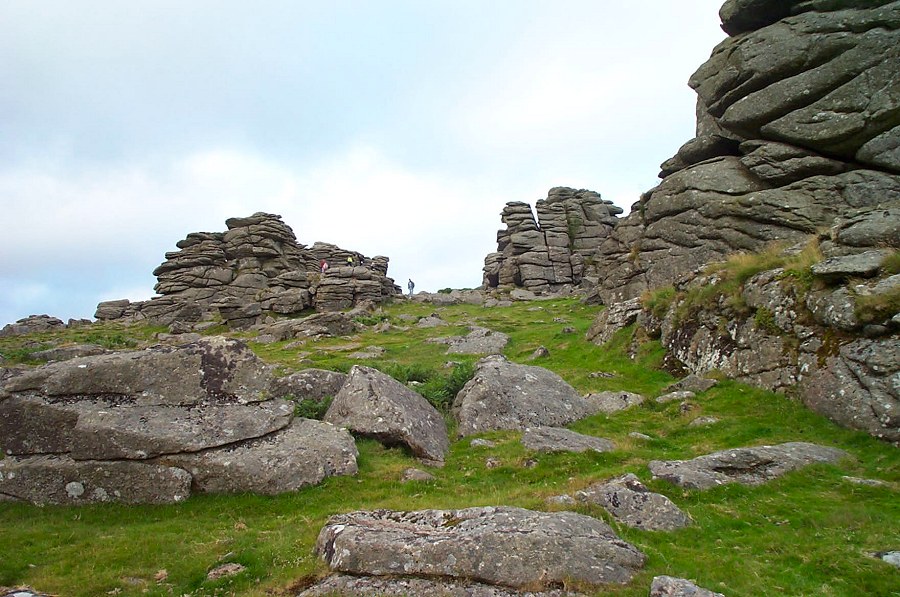

In India, waterborne epidemics are usual occurrences during the year. Conclusion: Among identified gaps, delays in the initiation of the investigation of the epidemic and repairing of leakages were most important. Ten leakages were found in the pipelines of the affected areas of Lalpur town near two riverbanks. Investigations revealed that the epidemic was waterborne. The outbreak had 1.88% attack rate with no mortality and 59.1% cases had to be admitted. The mean age of patients was 24.2319.01 years. Nineteen patients were found to be positive for Vibrio Cholerae 01 serotype ogawa biotype out of 117 stool samples.

Results: Three hundred and thirty cases were reported during Decemto Januin Lalpur town of Jamnagar district.

As the study was conducted during emergency response to the outbreak and was designed to provide information to orient the public health response, ethical approval was not required. Environmental investigation and laboratory investigation of stool samples were also done. Detailed history was taken, line listing of patients and house-to-house investigations were done. Materials and Methods: The outbreak was confirmed using the previous Integrated Integrated Disease Surveillance Project (IDSP) data. Aim: To identify the source, to institute control and prevention measures. A rapid response team was sent to investigate the outbreak on December 21, 2010. Background: On December 19, 2010, 57 cases of gastroenteritis were reported in the community health center of Lalpur town.


 0 kommentar(er)
0 kommentar(er)
